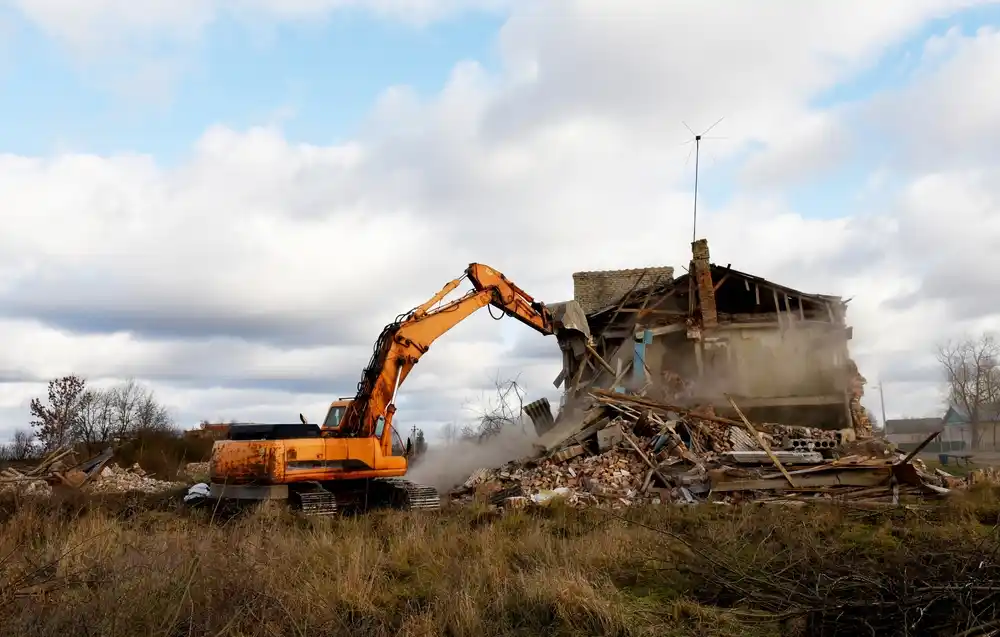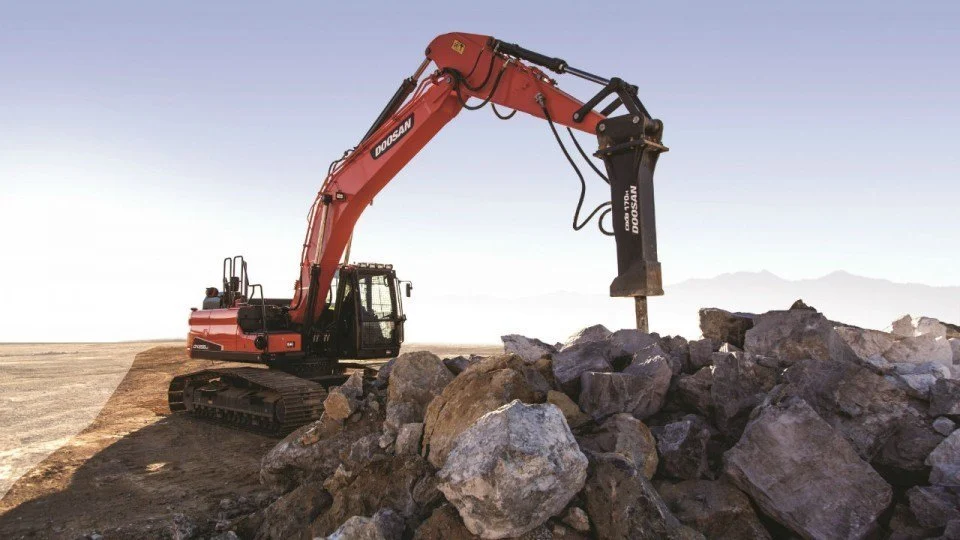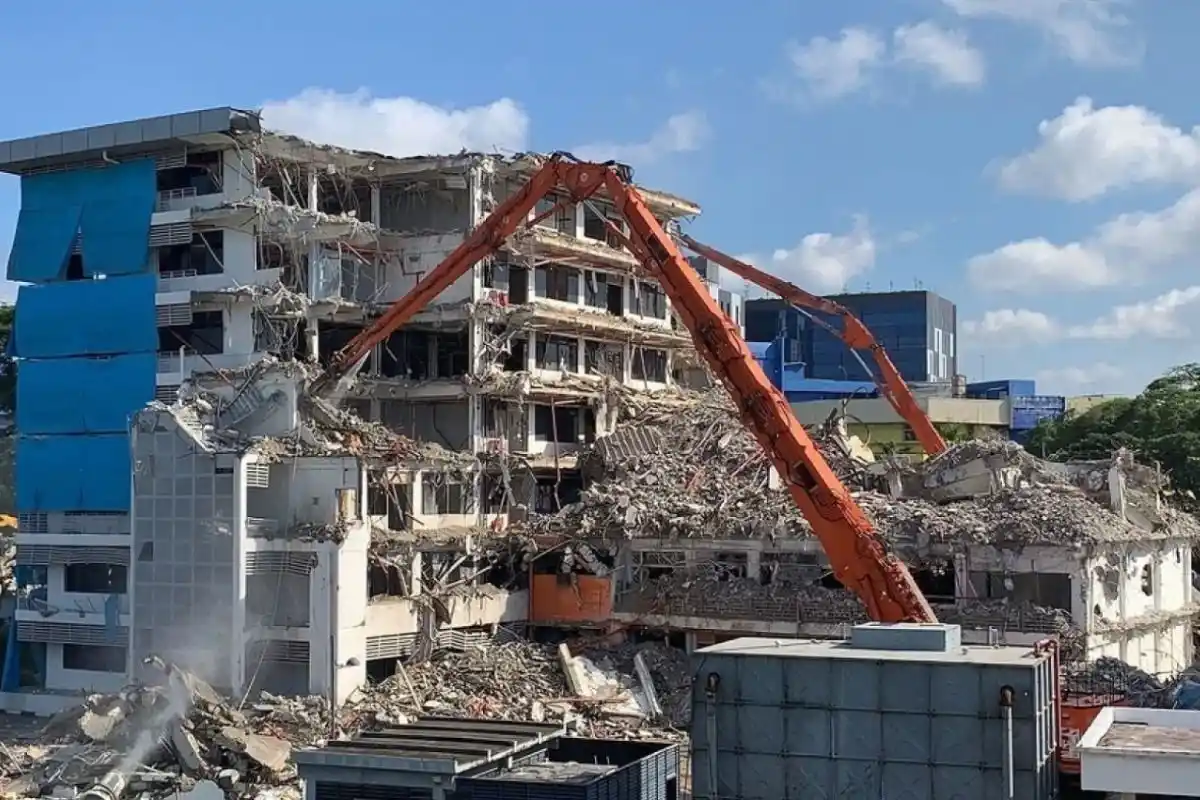Demolition: Techniques, Equipment, and Innovations
Introduction to Demolition in Construction
Demolition is the controlled process of dismantling structures or buildings to make way for new developments or improve urban landscapes. This essential part of the construction cycle involves a range of methods and heavy machinery to ensure safety and efficiency, whether dealing with residential buildings or large industrial complexes.
The ultimate goal of demolition is often to create open space for new constructions, remove unsafe structures, or revitalize urban areas, all of which require skilled expertise and specialized equipment.

Common Demolition Methods
Manual Demolition
This technique uses hand tools like hammers and saws, typically suited for smaller structures or areas requiring precision and control.Mechanical Demolition
Using heavy machinery like excavators, backhoes, and bulldozers, mechanical demolition speeds up the process and is efficient for larger projects.Implosion
This method utilizes controlled explosives to collapse structures. It’s often chosen for skyscrapers or massive structures located in confined areas.Selective Demolition
Selective demolition targets only specific parts of a building, ideal for renovation projects or salvaging valuable building materials.
The Stages of Demolition
1. Planning and Site Assessment
A thorough assessment includes evaluating building type, materials, and the surrounding environment to choose the best and safest demolition method.
2. Equipment Preparation and Permitting
Proper permits are obtained, and necessary machinery is set up based on project scope, often including excavators, cranes, and hydraulic breakers.
3. Physical Demolition
The actual demolition takes place, guided by a method suited to the project’s needs. Safety protocols are strictly enforced throughout the process.
4. Debris Sorting and Waste Management
After demolition, materials are sorted into recyclable and non-recyclable waste, as many projects today emphasize recycling to minimize environmental impact.
Essential Equipment in Demolition
Excavators with Hydraulic Breakers
These machines excel in breaking through thick concrete and allow faster, more energy-efficient demolition.Crane with Wrecking Ball
Equipped with a massive metal ball, these cranes provide significant force, making them effective for large-scale demolition projects.Bulldozers
Essential for clearing demolition sites, bulldozers help move debris and create a clear area for new construction.Scissor Lifts
Allow workers to safely reach high areas, supporting tasks in selective or manual demolition.Loaders and Dump Trucks
These vehicles transport debris from the site to recycling facilities or disposal locations, streamlining the cleanup process.
Safety and Challenges in Demolition
Worker Safety
Strict safety protocols protect workers and the public during demolition, with precautions against falling debris and structural instability.Dust and Noise Control
Demolition generates high levels of dust and noise. Effective dust control and noise-reducing equipment minimize environmental impact.Reuse of Building Materials
Many modern demolition projects prioritize salvaging materials, such as steel and concrete, for reuse in future construction.Waste Management
Effective waste management ensures responsible disposal and recycling of construction debris, supporting environmental sustainability.

Modern Technology in Demolition
– Remote-Controlled Equipment
Remote-controlled machinery allows operators to stay safely away from demolition zones, reducing the risk of injuries.
– Drone Monitoring
Drones provide aerial monitoring of demolition sites, offering real-time insights and a clearer overview of the process.
– BIM (Building Information Modeling)
With BIM technology, contractors can digitally model the building structure, allowing for detailed planning and risk assessment before physical demolition begins.
– Electric-Powered Equipment
Electric demolition equipment reduces noise and carbon emissions, benefiting the environment and nearby communities.
The Role of Demolition in Construction Life Cycle
Demolition paves the way for new developments and plays an essential role in material recycling. Many construction projects today focus on sustainability, with demolition providing recycled materials like steel and concrete that contribute to the lifecycle of future constructions.
SSC Works: Your Reliable Partner in Heavy Equipment Maintenance for Demolition Projects
Demolition machinery, such as excavators and cranes, requires regular maintenance to ensure optimal performance. SSC Works offers specialized repair and maintenance services for the heavy equipment used in demolition projects. With our expertise, SSC Works ensures your equipment stays in peak condition, supporting smooth and safe demolition processes from start to finish.

